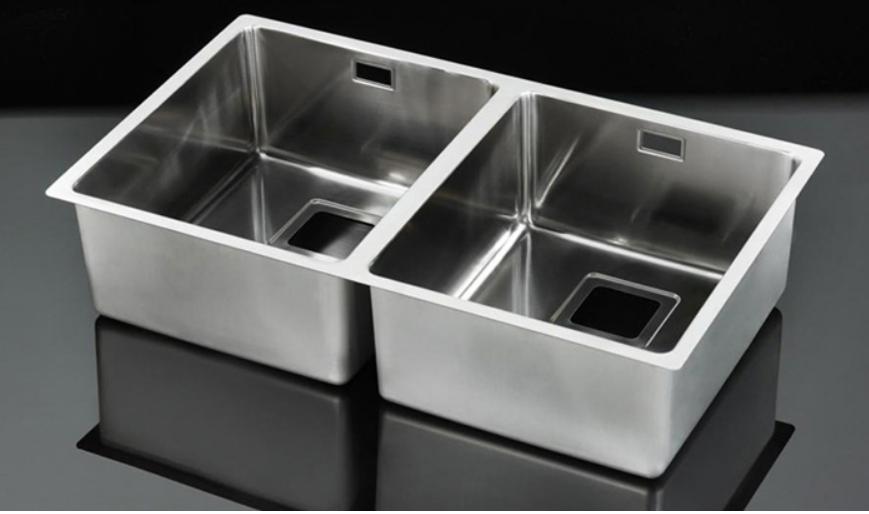NEWS

14 September 2016
Double Sink bowls with 15 mm radius by Mori 2A
Mori 2A’s sink bowls are made of AISI 304 (1.4301) stainless steel, which belongs to the family of austenitic steels. It appears to be one of the most frequently used because it offers excellent performance from the deformation standpoint, in addition to ensuring a good corrosion resistance. Austenitic steels can not raise their mechanical characteristics by means of thermal treatments, but they can increase their tensile properties for effect of “cruding” following cold plastic deformation operations (laminating, pressing, etc.) . During the production process, between the first pressing (forming) and the second (calibration) , Mori 2A carries out a heat treatment called “hardening of solubilization ” which removes the structural alterations and determines the carbides solution. Before proceeding to the polishing step, Mori 2A sinks are subjected to a pickling treatment that restores the passive layer, without which one can not speak of corrosion resistance.
| Attention to the welding |
| Staying for a certain time within a temperature range between 450 ° C and 850 ° C for austenitic stainless steels, creates a precipitation of chromium carbides at the grain boundaries; those areas, where the chromium content drops below a given threshold (approximately 10.5%) required to ensure the corrosion resistance, in the presence of an aggressive agent, trigger the corrosive attack . To avoid this phenomenon in cases where welding is required, it is advisable to use stainless steels with low carbon content, namely the “L” types (low carbon) or stabilized with appropriate amounts of titanium or niobium (for example AISI 321 or 316 Ti ). |
| It is worth noting some important aspects related to welding these materials: |
| It ‘s good praxies to avoid excessive intake of heat, to limit the phenomena of grain growth and consequent decrease in toughness. The correct selection of the electrodes (austenitic structure) and the control parameters, allow in general to avoid post-welding heat treatments. It is important that the welding operation is followed by pickling / passivation treatments, in order to eliminate any oxidation areas and slags in the heat affected points, thus restoreing the passive film that provides corrosion resistance. |